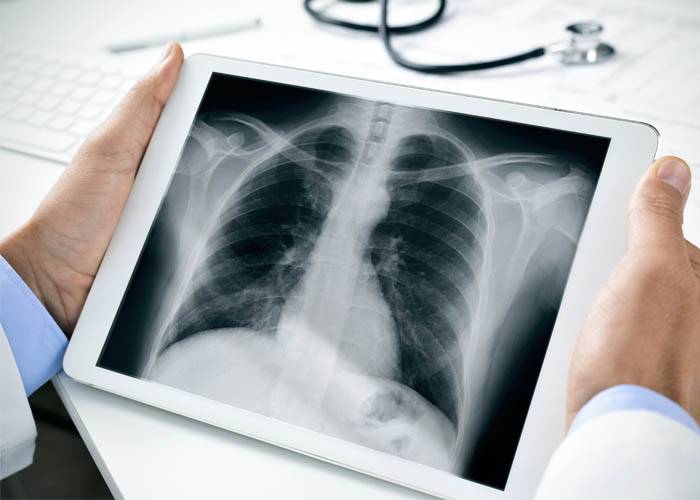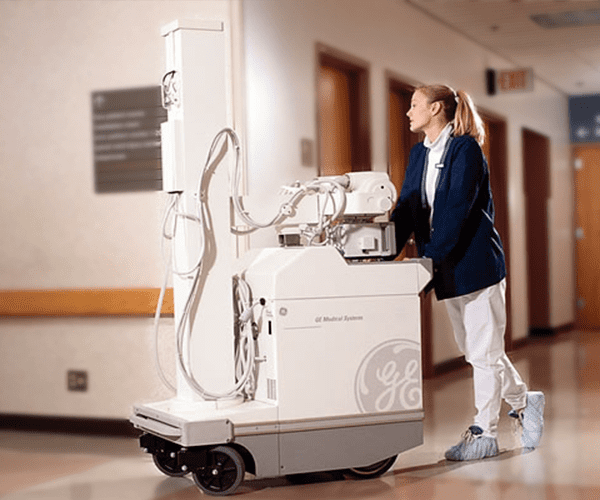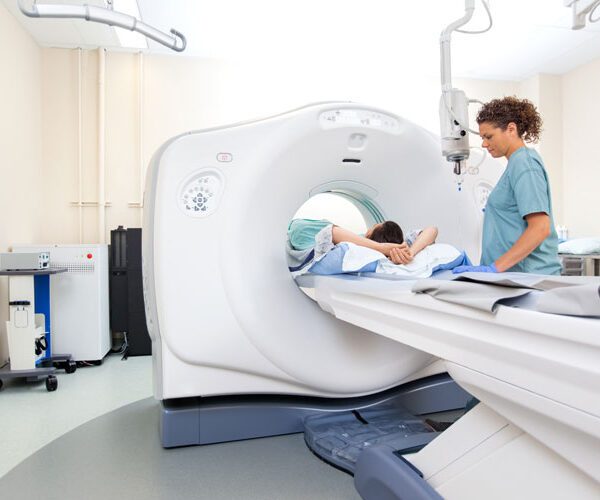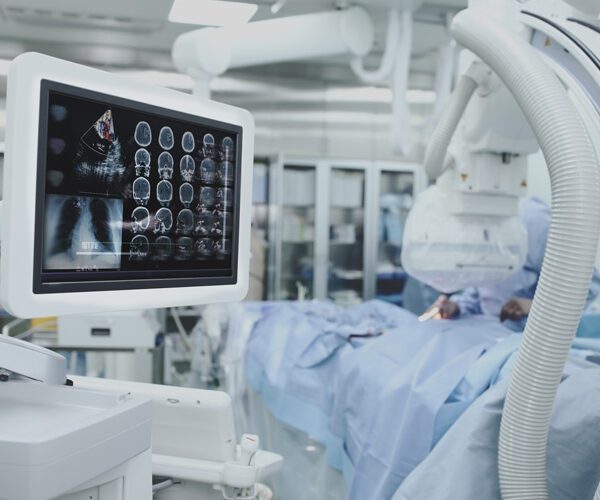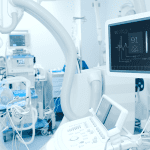How CR Works?
Both x-ray equipment; CR and DR are pretty similar in terms of handling and displaying data, they have some distinctions as well. The main difference between both is that DR doesn’t require as much handling and user intervention as CR does but CR has its own advantages and that is why, it the most commonly used form of digital radiography.
CR equipment leverages a digital detector offering meticulous emulation of screen-film and requires considerable handling but that is not necessarily a shortcoming as it provides the technologist with a great degree of flexibility.
This is not the case with DR as it processes data without allowing the technologist to make any changes. Although CR systems used to be very pricy in the early 1990s, the reduction in cassette size not only reduced the cost of CR but also made it portable.
How CR Equipment Works?
CR detector is a simple machine with less moving parts. Its main component is the cassette that is comprised of an attenuating plastic of carbon-fiber which encompasses a PSP (photostimulable storage phosphor) imaging plate. This plate is not light sensitive and if exposed to the white light having a high intensity, its signals will fade. This is why its plate can be used again even after it is exposed to x-ray.
When the plate is exposed to the x-rays, the energy from x-rays is absorbed by the barium fluorobromide phosphor and a proportion of electrons is injected in the crystal AKA trap of a higher level of energy. Then these electrons are excited through laser light that increases their energy level. This energy again falls to the ground level and in reaction, it emits photons of blue light which are collected in light collection guide and transformed into a digital signal.
The primary benefit of CR detectors is that a number of cassette sizes are available for different exams that allow more accurate positioning and acquiring of the image data making CR equipment a more efficient digital radiography equipment.
Process of CR Detector – How Images Are Processed and Displayed?
CR detector is used as a screen-film detector and requires very little adjustments. CR can perform over a wide variety of system speeds making it pretty flexible x-ray equipment. Here’s how it processes and displays the images:
- CR detector acquires the latent image from the imaging plate and then processes and converts the information to a digital image matrix.
- This raw data is then moved for image processing to the workstation for things like edge and contrast enhancement. Though this whole process is done automatically in both DR and CR, the benefit of CR is that the technologist can intervene at this point and change the presentation of final data as necessary.
- Once the verification of data is done and its quality is checked, the images are then sent to PACS workstation through DICOM standard and there, the images are displayed.
This is basically how the CR detector captures the data, processes it and displays the final digital images.
Final Words:
The primary benefit of using the CR system over the DR is that it offers a great degree of flexibility allowing more precise imaging. Furthermore, the phosphor plates used for imaging can be used again that reduces the overall cost of operating the system as well. On the other hand, DR offers superior throughput compared to CR because it embeds the imaging processing cycle in the acquisition task: images can appear as quickly as five seconds. CR involves more steps because cassette processing takes longer.


